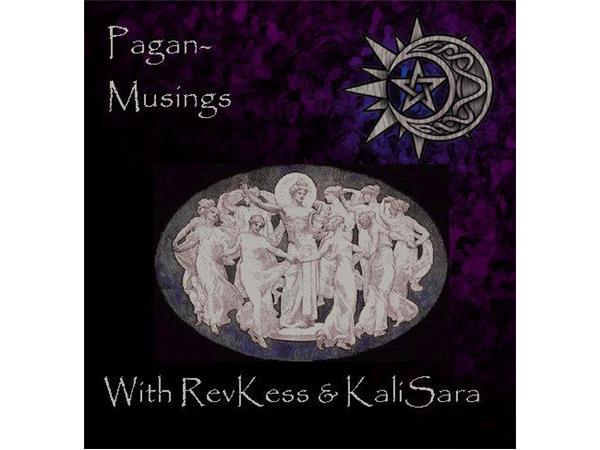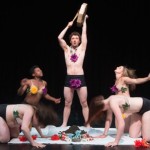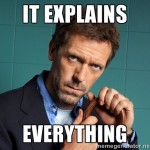This is the second of a 3-part series that explores the relationship between spirituality, religion, and church. In Part 1, I discuss the Sunday Assembly, which strives to be a church without religion, and how it is different from the UU. In Part 2, I try to explain what’s missing from religionless churches like the Sunday Assembly and the UU. And in Part 3, I explain how Paganism might be an answer to the longing of Nones for religion without church.
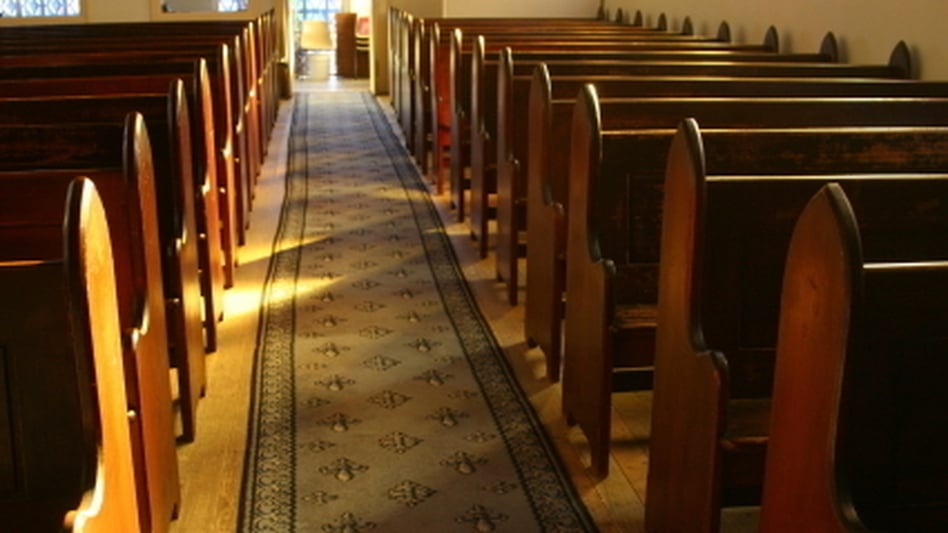
Religionless Church and the Religious Nones
I don’t think of myself that way, but by some definitions, I am a religious “None”. “None” is a contested term, but basically it means “religiously unaffiliated”. I used to be Mormon, but I went through the formal process of having my name withdrawn from the church rolls. I usually call myself Pagan now, but I don’t belong to any Pagan tradition or organization, and only sporadically attend Pagan events. I do attend a Unitarian Universalist church regularly and contribute financially, but I have not actually joined. It says something about the way we gauge religiosity that someone like me might be labelled a “None”.
In any case, one (of the many) groups that is courting the Nones is the Sunday Assembly, an “Atheist Church” which strives be “all the best bits of church but with no religion and some awesome pop songs”, and which I wrote about in my last post. Though I was critical of the SA there, I actually think it is great thing for secular atheists who want to get together, build some community, and encourage each other to be productive citizens. But I don’t think the SA is going to be the solution to the big question mark that the religious Nones represent.
For one this, it’s a mistake to confuse the Nones with atheists. According to the Pew Forum, around two-thirds of Nones believe in God (68%), see themselves as religious or spiritual (65%), and see religion as having important social value (69%). And about half of Nones (51%) report praying on a regular basis. These are not the people who are going to be filling the seats at the Sunday Assembly. Everybody seems to be asking, “What do the Nones want?” Well, it seems safe to say that one thing they don’t want is a religionless church like the SA. In addition, around half of them (51%) cite an excessive focus on rules and an inappropriate concern with money and power as the reason for the decline of religion in America. This suggests to me that the problem for the Nones may not be religion, but “church”. (The difference will be explained elow.) Maybe what they want is not religionless church, but churchless religion. And it seems like nobody is offering it to them.
Why Unitarian Universalism isn’t filling the spirituality gap
If I’m right about Nones wanting churchless religion, then it makes sense that Unitarian Universalism is not drawing in the Nones in big numbers. Growth of the UU has been stagnant for decades and has actually declined recently. Meanwhile, the Nones are now 1/5 of the U.S. public and a third of adults under 30. The reason for this is rooted in the UU’s history.
Unitarian Universalism represents the culmination of a process of the rationalization of religion which began with the Protestant Reformation. This “Protestantization” of Christianity continued through the influence of the liberal theology of Albrecht Ritschl at the end of the 19th century (or what has been called “Culture-Protestantism”) and the Social Gospel movement of Walter Rauschenbusch at the beginning of the 20th century, which effectively reduced Protestant religion to “morality tinged with emotion”. Today, liberal Christian churches “don’t seem to be offering anything you can’t already get from a purely secular liberalism.” In the case of Unitarianism, this rationalizing process was taken even further through the influence of the humanist movement of the 1920s and 1930s. What was largely lost in this process was the appreciation of the importance of the non-rational elements of religion: symbol, myth, and ritual. In short, the UU became became religionless church.
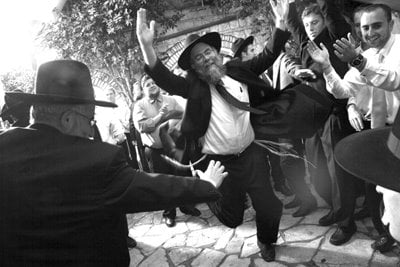
And this is why Unitarians can’t “dance” the dance of spirituality. Even when they want to stop talking about spirituality and practice it, Unitarians are prevented from doing so (at least collectively) by the fact that they have inherited a religious institution which long ago divested itself of the means by which spirituality happens. I call this the “spirituality gap”.
UU columnist Doug Muder defines spirituality as the “awareness of the gap between what you can experience and what you can describe.” (You may have your own definition, but hang in there with me for a minute.) If spirituality is “the experience of having no words”, then I would say that “religion” is what we do to invoke the experience of having no words. The way we “invoke” such an experience is with symbol (that which points beyond itself), myth (narrative symbol), and ritual (symbolic action) — which in turn create religious community or what many people in the Western world call “church”. Religion is what fellow Patheos blogger Connor Wood calls the “biotechnology of group formation”, but it is also the “biotechnology” of spiritual experience. Without religion, there is a gap between people’s longing for spirituality and the communal experience that we call “church”. And it is precisely the sine qua non of religion — symbol, myth, and ritual — which Unitarianism gave up on long ago.
“What successful churches have is not demanding doctrine but demanding practices, rituals and observances which saturate everyday life.”
— Andrew Brown, “Paganism is alive and well – but you won’t find it at a Goddess Temple”
Only religion can replace religion
The Sunday Assembly and the UU are trying to replace religion with church. But as Carl Jung wrote to his mentor Sigmund Freud in 1910, “Religion can only be replaced by religion.” He was writing about the the International Fraternity of Ethics and Culture (IF), but he may as well have been talking about Unitarianism:
““If a coalition is to have any ethical significance it should never be an artificial one but must be nourished by the deep instincts of the [human] race. Somewhat like Christian Science, Islam, Buddhism. Is there perchance a new saviour in the I.F.? What sort of new myth does it hand out for us to live by? Only the wise are ethical from sheer intellectual presumption, the rest of us need the eternal truth of myth. […]
“Two thousand years of Christianity can only be replaced by something equivalent. An ethical fraternity, with its mythical Nothing, not infused by any archaic-infantile driving force, is a pure vacuum and can never evoke in man the slightest trace of that age-old animal power which drives the migrating bird across the sea and without which no irresistible mass movement can come into being.”
This “deep instincts” and “age-old animal power” to which Jung referred to are the non-rational influences within us that are evoked, not by lectures on social justice, or even by group discussions of spirituality, but by music and chanting, by candles and firelight, by the feel of water on fingertips and wine on the lips, and by the movement of bending one’s knees and raising one’s arms. As Z. Budapest has explained:
“The purpose of ritual is to wake up the old mind in us, to put it to work. The old ones inside us, the collective consciousness, the many lives, the divine eternal parts, the senses and parts of the brain that have been ignored. Those parts do not speak English. They do not care about television. But they do understand candlelight and colors. They do understand nature.”
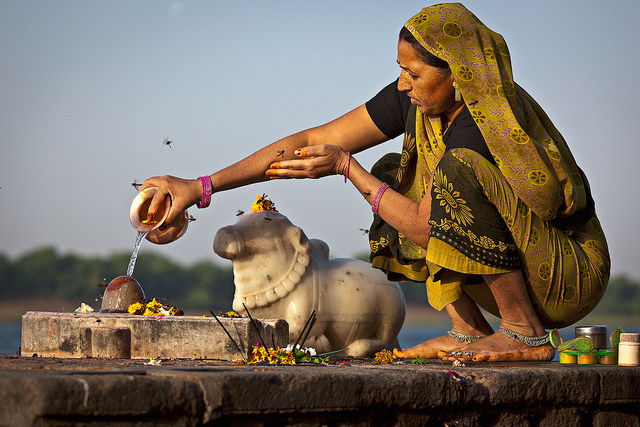
Churchless Religion?
So what does churchless religion look like? Fellow Patheos blogger and “Hindu Mormon”, David Mason, gives us a hint of what “religion without church” might look like. Mason contrasts the religionless Sunday socializing of the Sunday Assembly with the Sri Radha Raman Temple in Vrindavan, India, where he used to live:
“[M]ost every morning after the bells, the shrine opened its doors to allow people to pass in and out as suited their schedules and inclinations. God took residence in the temple in the form of Radharaman—a small Krishna figurine—so a person who was interested in an encounter with god could just kick his or her shoes off, walk into the temple, and commune for a bit or for a long while.
“People acted a variety of personal, unique rites in Radharaman Mandir. Some folks prostrated themselves, stretched out flat on the black-and-white tile, upon entering the room upon which Krishna’s wide, white eyes looked. Some folks circumambulated the Tulsi plant growing in the corner. Some folks touched Krishna’s dais with their fingertips and then touched the same fingertips to their foreheads. Lots of other practices on display in Radharaman, besides. The point is, there wasn’t much in the way of prescribed, uniform, congregational hoo-hah. Devotion was action, and action—while conditioned by some conventions—was mostly solitary.
“Not that there wasn’t any congregational worship, nor a complete absence of sectarianism. The temple cycle had peak moments every day in which one would find a crowd of people in the same space, more-or-less collectively engaged in worship. And the temple saw plenty of special gatherings that drew people together for common, festive observances. […] But there was precious little church in Radharaman.”
Mason’s description of the Hindu temple worship is useful for highlighting the difference between “religion” and “church”. The former is about symbol, myth, and ritual, while the latter is about community, morality/ethics, and ideology/politics. Here in the West, it seems we’ve gotten the church cart before the “horse” of religion. Potlucks and creeds are the outgrowth of religion, not the cause of it.
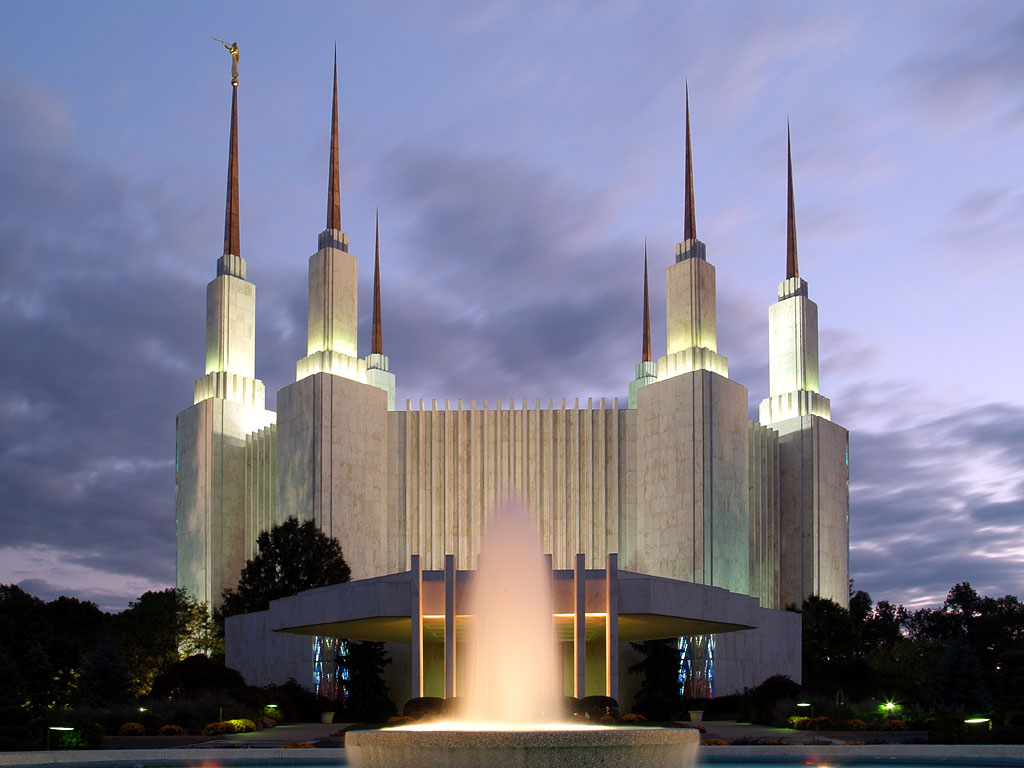
Temple Religion
It’s no coincidence that we call the place where the Hindu religiosity occurs a “temple”, and not a “church”. Having been raised Mormon, the distinction between a church and a temple is a familiar one to me. Mormons actually have both. On Sundays, Mormons worship in a familiar church service in a rather aesthetically bland and utilitarian Protestant-style “meeting house”, which also seconds as a gathering place for potlucks, Boy Scout meetings, and indoor basketball tournaments. (Most Mormon meeting houses are designed so that the chapel area has an overflow that can be opened up, which doubles as a basketball court. They call it the “cultural hall”, and in addition to basketball tournaments, that’s where the potlucks happen.)
But Mormons’ most sacred rituals are held in more geographically-sparse, but more architecturally evocative, “temples”. There, Mormons participate in more complex rituals, including the “endowment” (resembling a Masonic rite of passage), vicarious baptisms, and “sealings” (marriages for eternity). Socializing is actually discouraged in the temples, where conversation is limited and always conduced in hushed tones. Practically no “church” happens in Mormon temples. It’s no coincidence that most Mormons would agree, I think, that attending the temple ritual is a more “spiritual” experience than the Sunday services in the meeting houses. The reason for this, as David Mason suggests, is that:
“The imaginative (re)vision of the cosmos that religion offers does not reside, essentially, in Sunday socializing. Indeed, often the Sunday socializing and the conformity that it demands obscures the genuine encounter with eternity that religion offers. The social structure that church imposes on us too often makes us deaf to creation’s music.”
Admittedly, if you’re familiar with it, a Mormon temple ritual still is relatively passive experience compared to worship in a Hindu temple. But a Mormon temple and a Hindu temple do have some things in common that the Sunday Assembly and the UU lack. There are: sacred space, an unabashed embrace of symbol, myth, and ritual, and ultimately, self-transcendence. The Sunday Assembly ignores these elements altogether. UUs don’t ignore them exactly, but they prefer to talk about them, and they have largely forgotten how to employ them (at least collectively). This explains why the UU has not thrived as a result of the growth of the Nones, and I think it explains why the Sunday Assembly will ultimately fail to thrive as well.
Hinduism for the West?
If I’m right that what the Nones are looking for is churchless religion, then where will they find it? Where can they find symbol, myth, and ritual, without the moralism, dogmatism, and hierarchy? Certainly not in Mormonism. There’s way too much “church” that Mormons have to go through to get to the “religion” in their temples. High church Christianity, like Catholicism, has the religion, but is too weighed down by the moralism, dogmatism, and hierarchy. In fact, all of traditional Christianity may be a poisoned well from the perspective of many Nones. Hinduism would be appealing were it not for the linguistic and ethnic barriers to Westerners. Perhaps what we need is a “Hinduism for the West”. And that’s where Paganism comes in … which is the subject of Part 3.







